Hill-Stead - A Natural Parterre
“A Natural Parterre” is a site-specific and ongoing artwork created for Hill-Stead Museum in Farmington, Connecticut in the fall of 2018 and is situated in the large meadow below and to the north of Hill-Stead’s historic 1901 Colonial Revival house.
It can be viewed from the museum’s west lawn, and is a part of Hill-Stead’s established, mowed, walking-path system. The parterre is designed to be experienced up-close.
Visitors are encouraged to walk to, and through it.
The concept of the formal garden dates back to medieval times with the enclosed garden - the “Hortus Conclusus” - found in monasteries for medicinal and herbal plantings, and later on with European palaces, manor houses and private estates. The fourteenth century parterre garden at Versailles in France extends over 2000 acres and uses complex geometric designs to be viewed from above. The Sunken Garden at Hillstead, designed by Beatrix Ferrand in 1901, follows this tradition albiet on a smaller scale. She used plants and flowers like an artist’s pallette with the painting changing through the seasons.
“A Natural Parterre” examines and carries on the tradition of the formal garden, but with a twist. It is a geometric garden design, 136 feet by 64 feet, with pathways currently defined by wooden stakes and twine. The outlined garden sections between the pathways will not be planted like a traditional parterre and will not be mowed. Only the defined pathways will be mowed. Plant species will naturally come and go in the unmown areas, aided by the wind, birds and mammals. Gradually there will be a progression from annuals to perennials, to shrubs and trees. Once the mowed pattern is established the stakes and twine currently visible will be removed.
Through this unique installation I want to initiate a dialogue between ‘nature’ and man’s involvement to try and ‘tame’ nature. I see it as a long term performance and as an educational tool. Documenting the changes is a part of my art.
I hope observing and documenting the processes of change over the seasons and years will contribute to the awareness of our changing environment.
A Natural Parterre - Hill-Stead Museum
Students from Miss Porters School in Farmington have been using the parterre as a laboratory to examine the changes in flora and fauna.
A book was produced and displayed at the exhibition at Five Points Gallery in November 2021

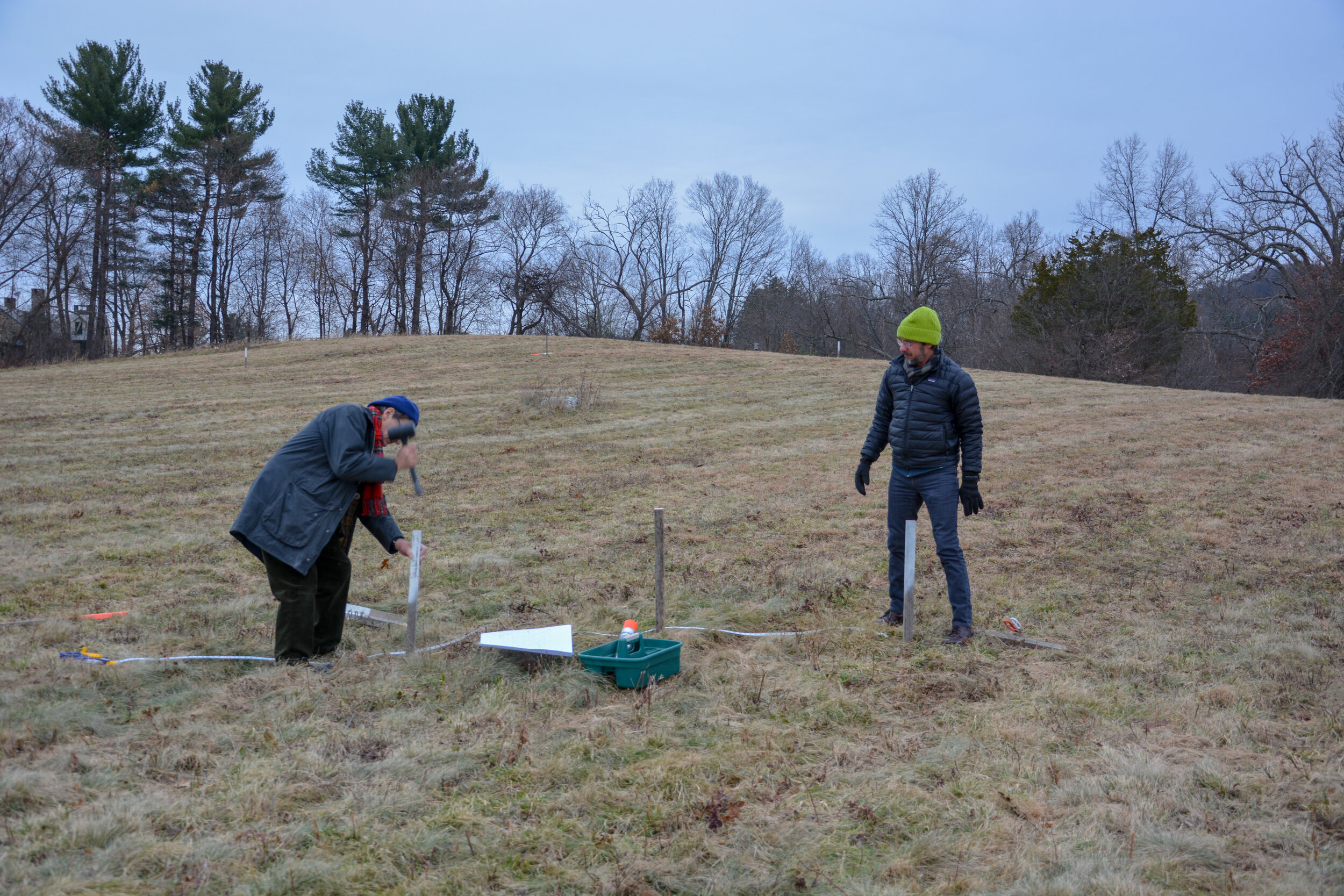
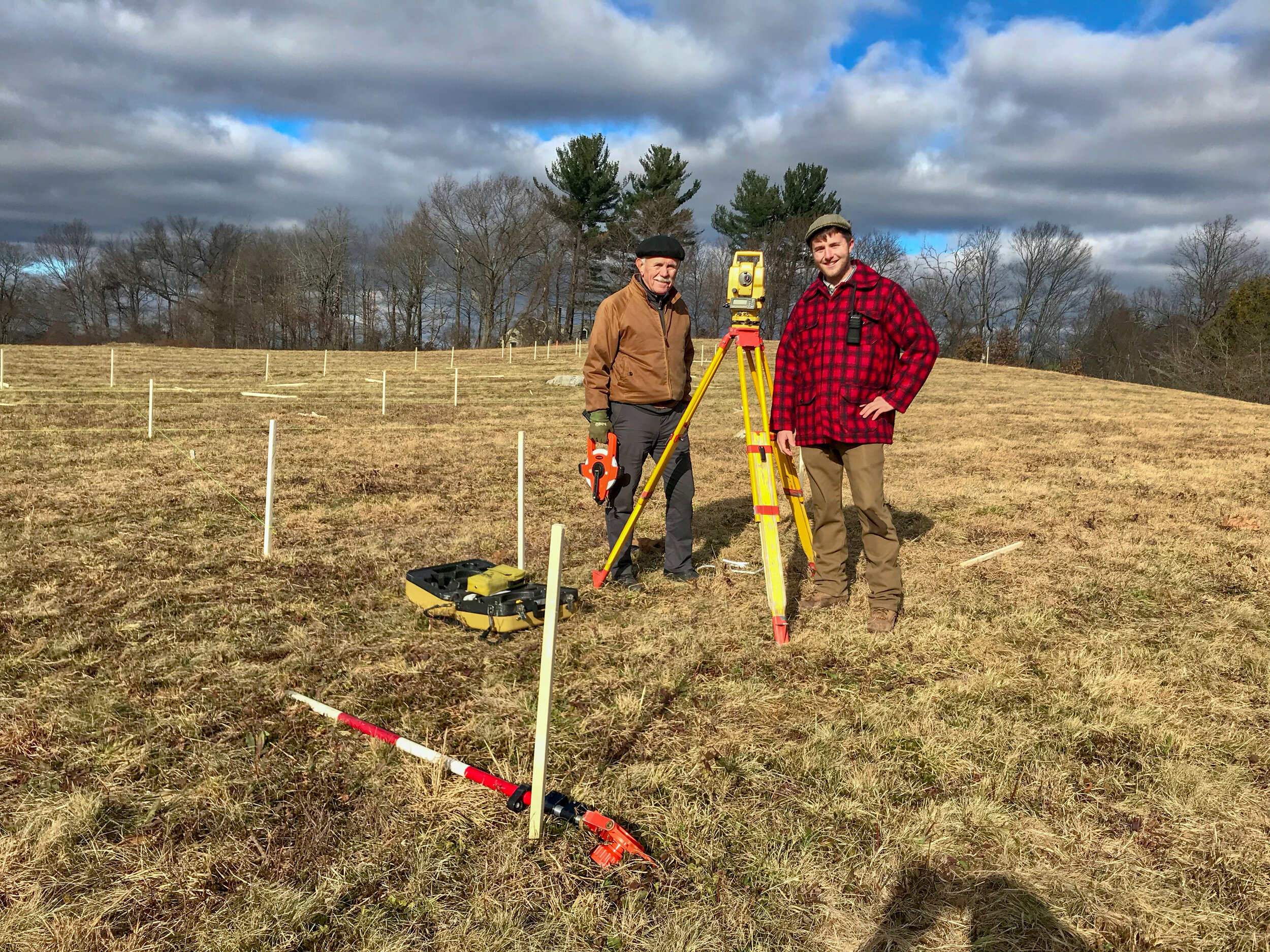

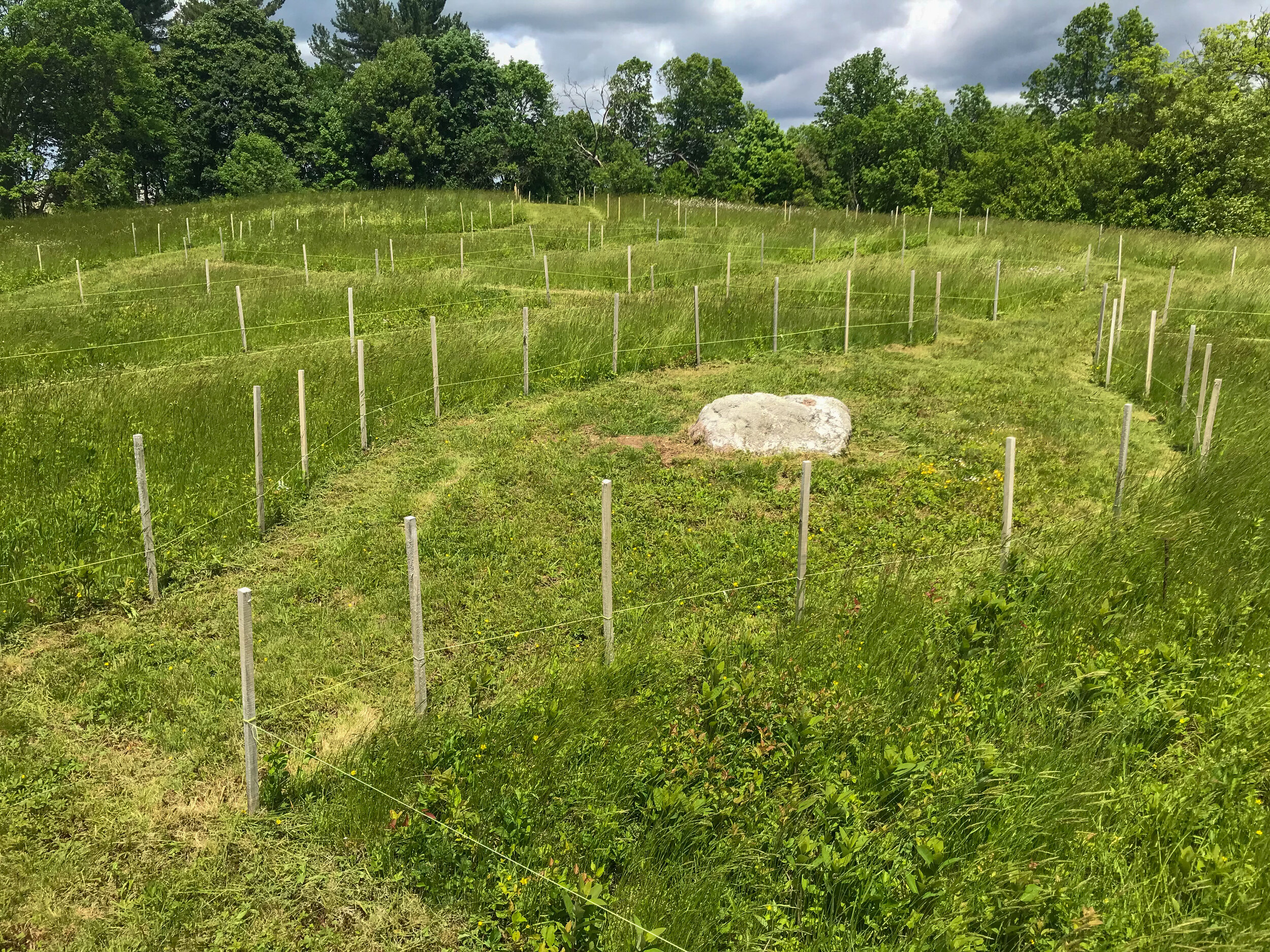
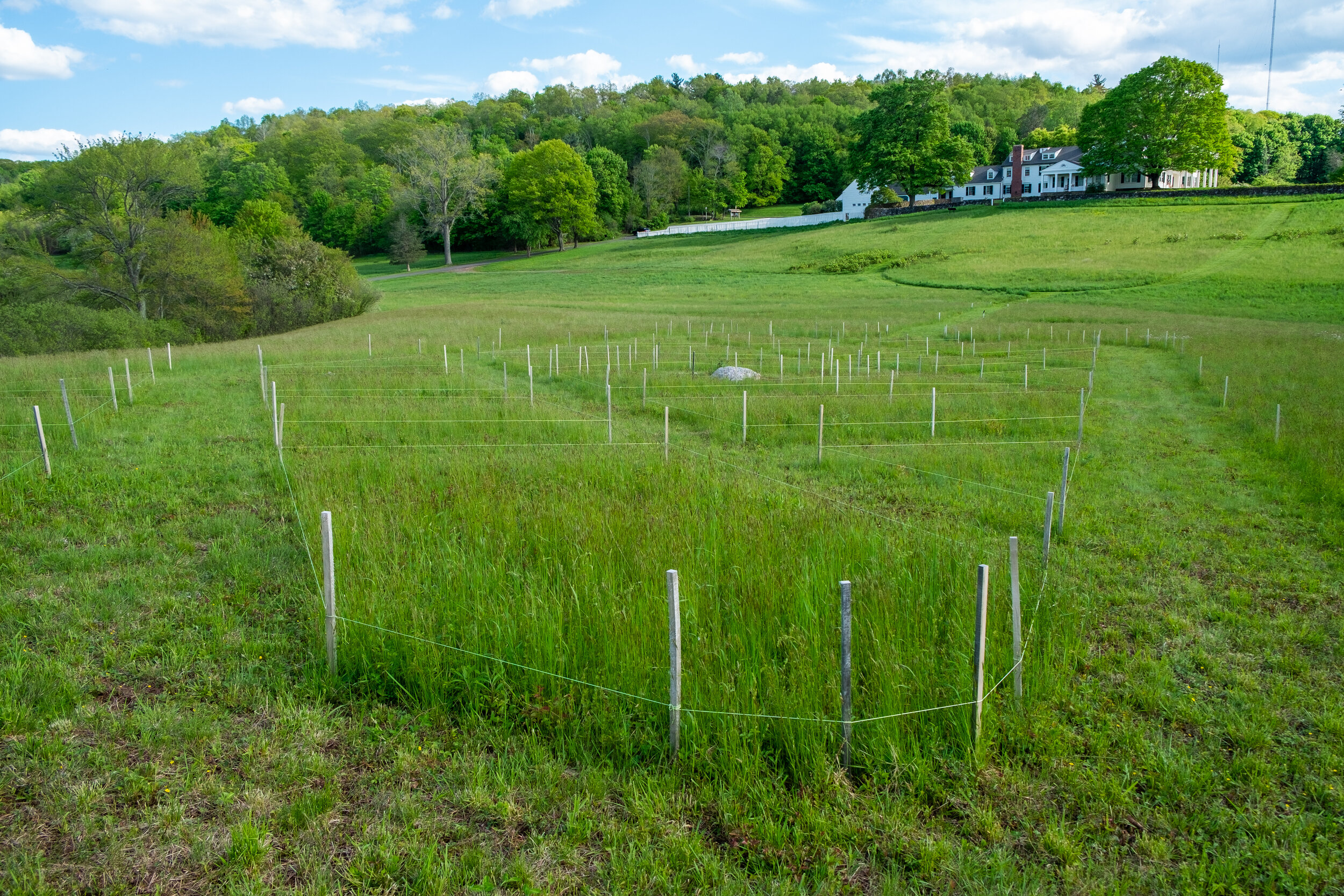
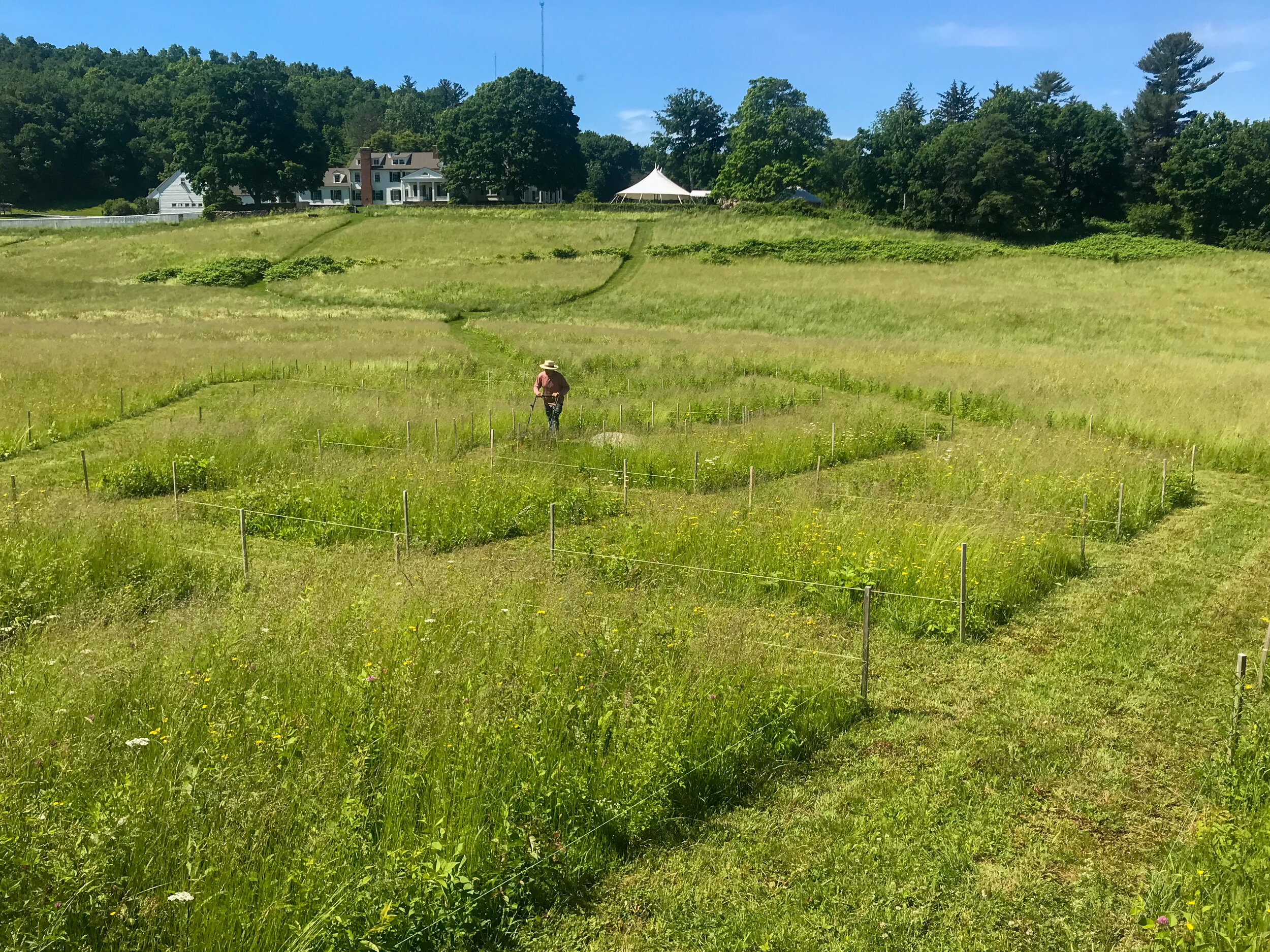


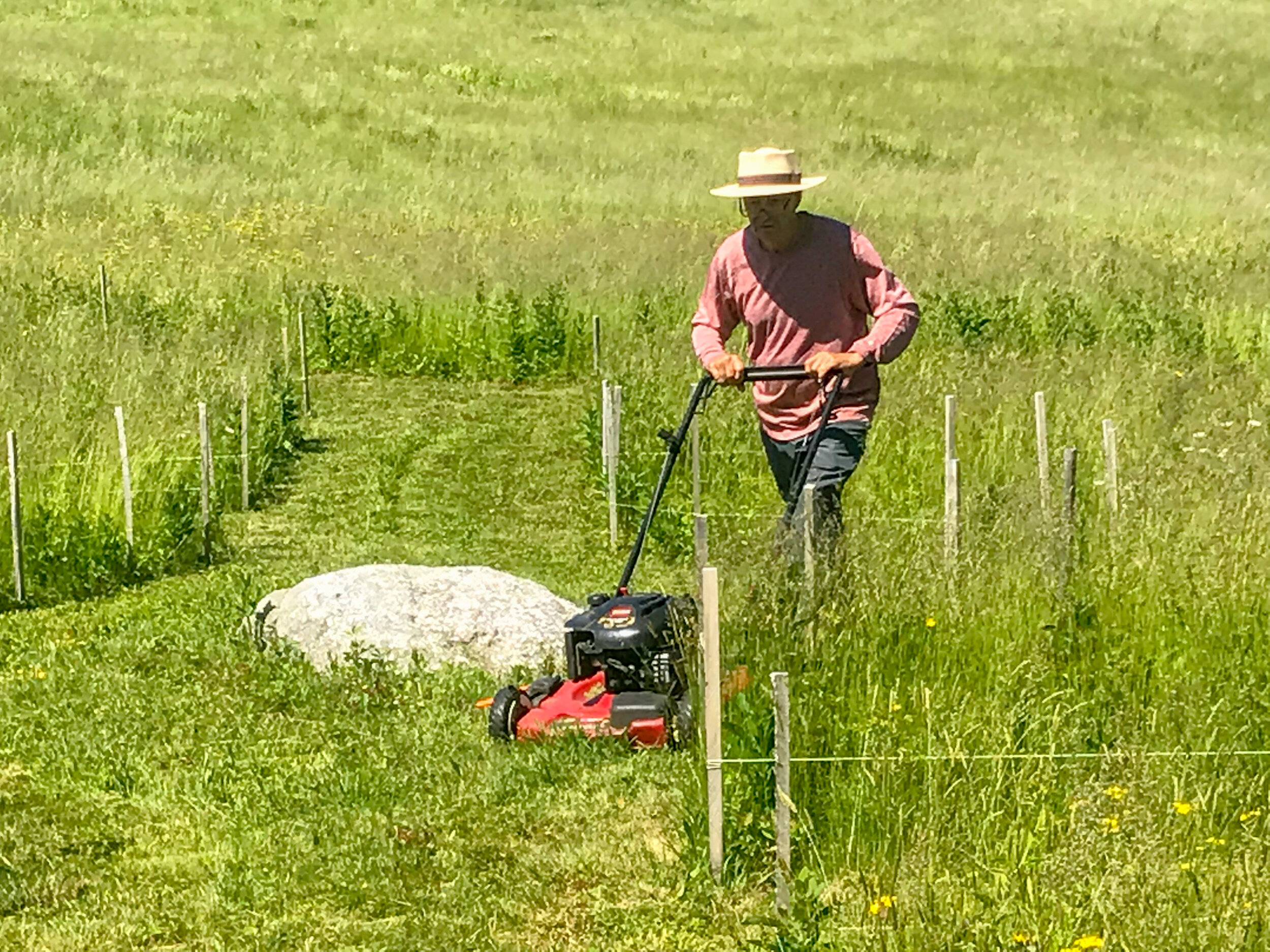





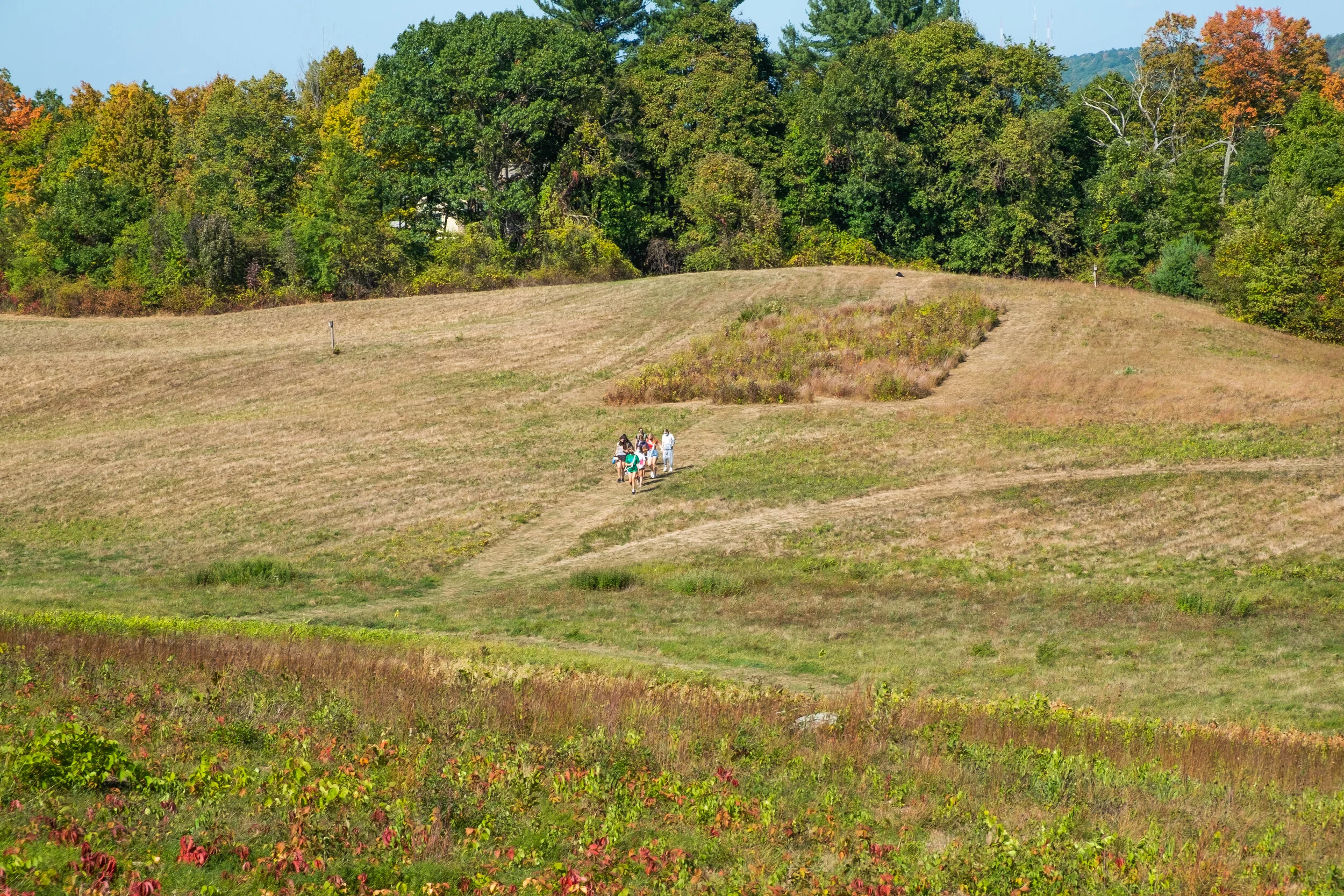









A Natural Parterre - Hillstead Mixed media 17" x 17" - $1050 Framed
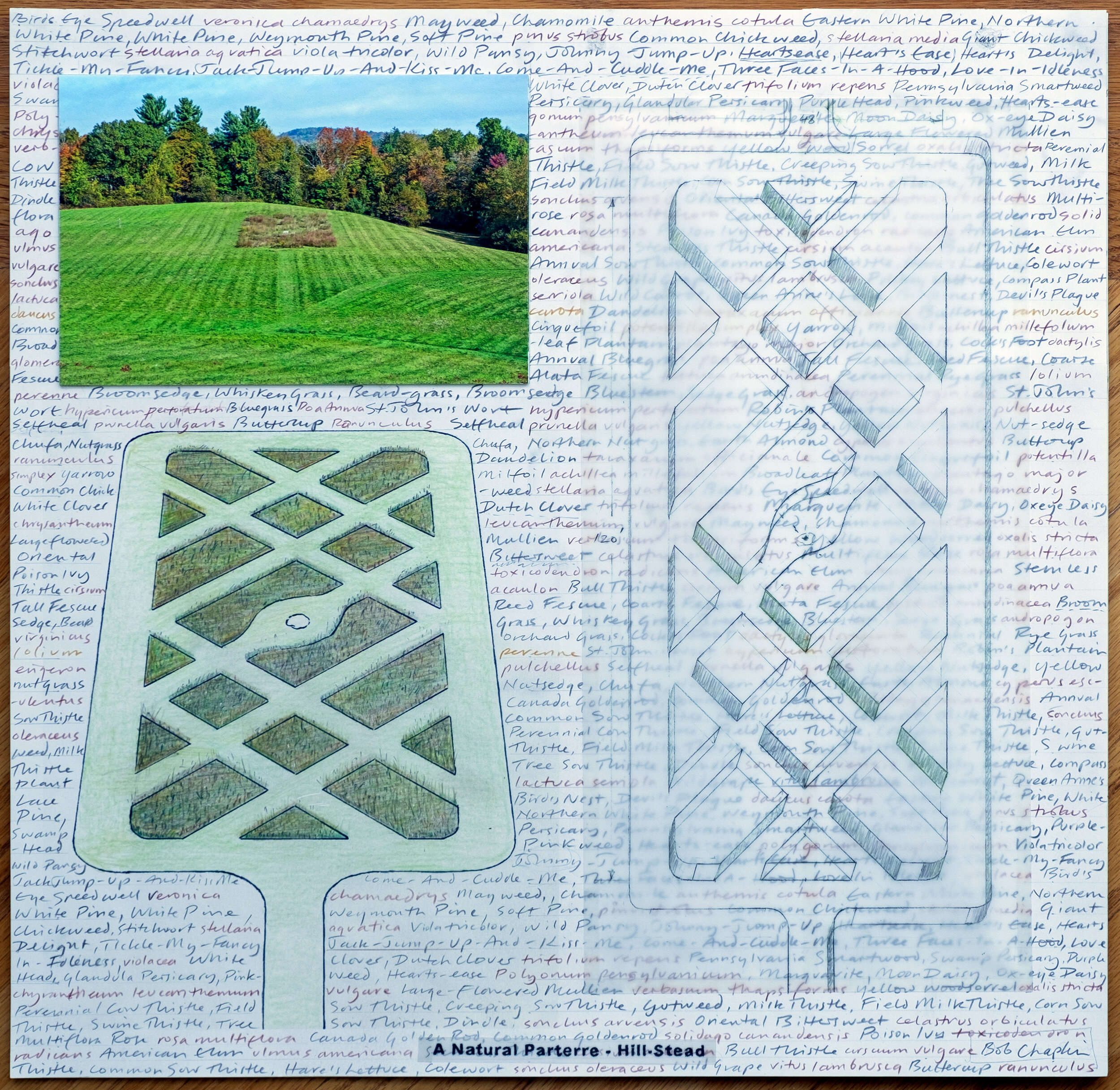
A Natural Parterre - Hillstead Mixed media 17" x 17" - $1050 Framed

A Natural Parterre - Hillstead Mixed media 17" x 17" - $1050 Framed

A Natural Parterre - Hillstead Mixed media 17" x 17" - $1050 Framed
Working Drawings - Mixed Media - 17” x 17.5”


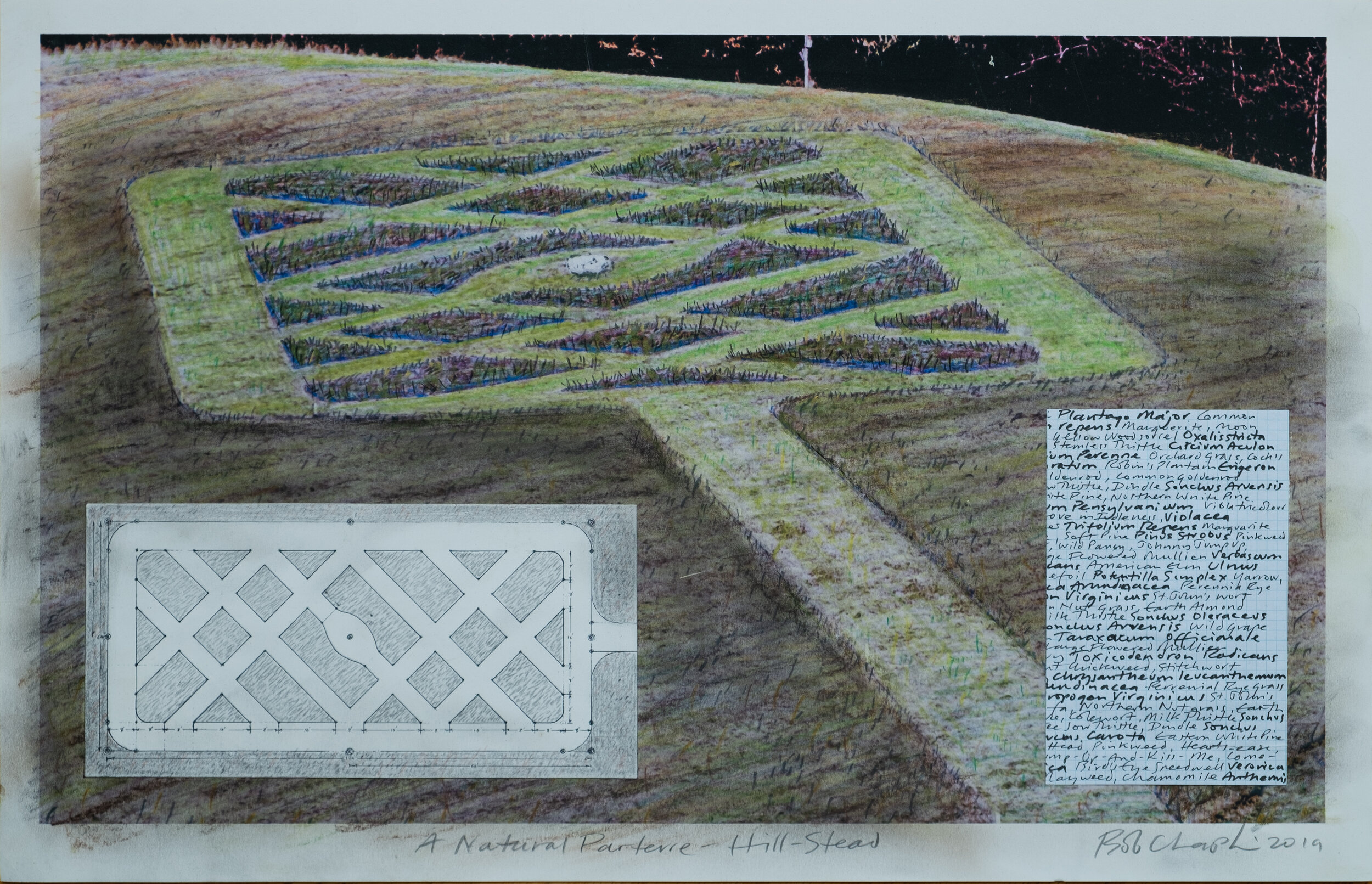


Working Drawings - Mixed Media - 17” x 11”
$650 framed






